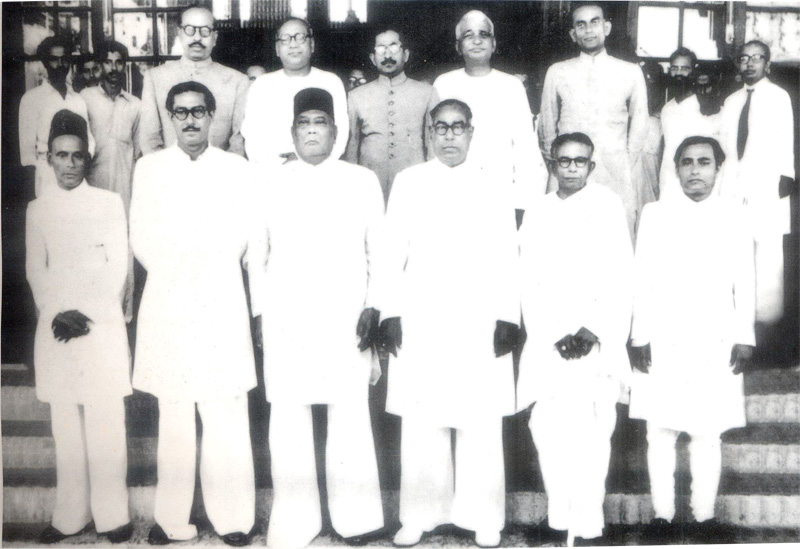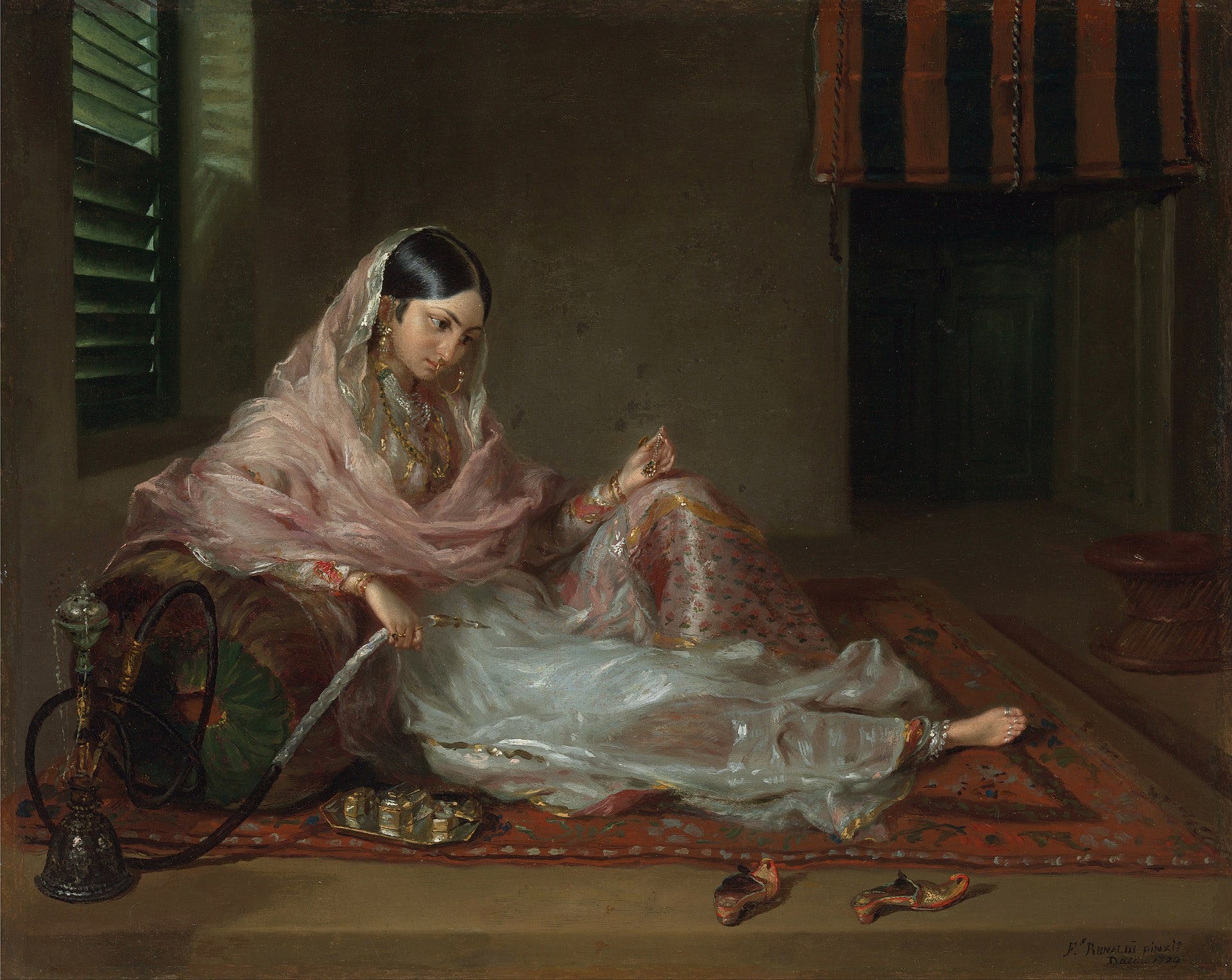Ancient Buildings & Architecture of Old Dhaka: A Journey Through Time

Old Dhaka, the heart of Bangladesh’s capital, is a fascinating blend of history, culture, and architectural splendor. Known for its narrow, bustling streets and vibrant community, this area is home to numerous ancient buildings and structures that tell the story of the city’s past. The architectural diversity of Old Dhaka is a testament to its rich history, showcasing influences from Mughal, British, and Bengali periods. Each building, with its intricate designs and cultural significance, offers a glimpse into the lives of the people who once inhabited these spaces.
Let’s explore some of the most significant ancient buildings and the architectural heritage that defines Old Dhaka.
1. Ahsan Manzil (Pink Palace)
Ahsan Manzil, known as the Pink Palace, is one of the most iconic landmarks in Old Dhaka. This majestic building was constructed in the mid-19th century and served as the official residence of the Nawab of Dhaka. The Indo-Saracenic architectural style of Ahsan Manzil is characterized by its grand domes, arches, and ornamental detailing. The building’s distinct pink hue, intricate balconies, and large courtyards offer a glimpse into the grandeur of the Nawabi era. Today, Ahsan Manzil stands as a museum, preserving the history of the Nawabs and the architectural brilliance of the past.
2. Lalbagh Fort
Lalbagh Fort, an unfinished Mughal-era fort, is a symbol of Dhaka’s Mughal past. Construction of this grand structure began in 1678 under the reign of Prince Muhammad Azam, the son of Mughal Emperor Aurangzeb. Though never completed, the fort remains one of Dhaka’s most impressive architectural feats. It includes several buildings, such as the Tomb of Pari Bibi, the mosque, and the Diwan-i-Aam (Hall of Public Audience). The red-brick structure, with its gardens, walkways, and reflecting pools, reflects the grandeur of Mughal design and remains one of the city's most important historical landmarks.
3. Bara Katra
Bara Katra is one of the oldest surviving Mughal structures in Dhaka, built between 1644 and 1646 under the patronage of Mughal Prince Shah Shuja. Originally constructed as a caravanserai (inn) for travelers and merchants, Bara Katra is an impressive example of Mughal architecture, featuring grand arches, courtyards, and intricately designed gateways. The building’s symmetrical design and detailed ornamentation make it a key piece of Dhaka’s architectural heritage, though much of its structure has been damaged or altered over time.
4. Choto Katra
Choto Katra, a smaller yet equally significant Mughal structure, was built shortly after Bara Katra in the mid-17th century. Like its larger counterpart, Choto Katra was designed as a caravanserai for merchants passing through Dhaka. Though smaller in scale, it features similar architectural elements, including arches, domes, and courtyards that showcase the distinct Mughal style. While much of the original structure has been lost, Choto Katra remains a fascinating reminder of Dhaka’s role as a key commercial hub during the Mughal period.
5. Hussaini Dalan
Hussaini Dalan is a 17th-century Shia Muslim Imambara located in Old Dhaka. Originally built as a congregation hall for the observance of Muharram, Hussaini Dalan is known for its elegant Mughal architecture, featuring large arches, domes, and beautiful calligraphy on its walls. The building has been a significant religious and cultural center for Dhaka’s Shia community for centuries and is an important historical structure that has withstood the test of time.
6. Armenian Church
The Armenian Church, also known as the Church of the Holy Resurrection, stands as a reminder of Dhaka’s once-thriving Armenian community. Built in 1781, this church is located in Armanitola, an area named after the Armenians who settled in Dhaka during the 17th and 18th centuries. The church’s architectural style is a blend of European and local elements, featuring a simple yet elegant design with large windows, high ceilings, and a central bell tower. The church grounds also include a cemetery where many Armenians who once lived in Dhaka are buried, preserving their memory and contribution to the city’s history.
7. Star Mosque (Tara Masjid)
The Star Mosque, built in the early 18th century, is one of the most beautiful mosques in Dhaka. This mosque is famous for its unique design, featuring star-shaped mosaic patterns made of imported Japanese and English tiles. The mosque’s architectural style is a blend of Mughal and Bengali elements, with its intricate tile work and delicate arches making it a standout among Dhaka’s ancient buildings. The Star Mosque’s beauty and spiritual significance make it a popular destination for both worshippers and tourists.
What's Your Reaction?














